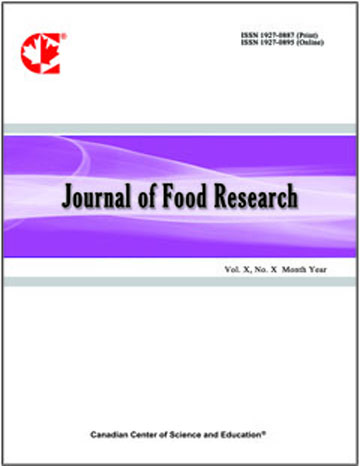Microstructure, Physical Stability, and Rheological Properties of Salad Dressing Emulsions Supplemented with Various Pulse Flours
Abstract
Significant opportunities exist for using pulses in the development of health promoting foods as consumers increasingly look for functional foods with disease prevention qualities. Pulse ingredients could be considered for use in the development of novel, value-added products such as salad dressing. In this study, the rheological properties, color, physical stability, and microstructure of model salad dressing emulsions supplemented with various types of pulse flours (red lentil, green lentil, desi chickpea, kabuli chickpea and yellow pea) were evaluated. Supplementation with pulse flours significantly increased (P < 0.05) the consistency coefficient (m) and decreased (P < 0.05) the flow behavior index (n) of the control dressing in accordance with the power law modelduring steady state flow tests. The pulse-supplemented dressings also showed increased recoverable strain (i.e., increased Q(t)% values) compared with the control. The observed rheological results were supported by scanning electron microscope (SEM) observations, where a more compact and uniform network was observed for supplemented dressings in comparison with the control sample. Addition of pulse flour increased the physical stability of the salad dressing emulsions and also modified color by increasing yellowness and redness hues depending on the type of flour used. This study, thus, demonstrated that pulse flours hold promise as ingredients that could be used in salad dressing formulations.
 PDF
PDF
